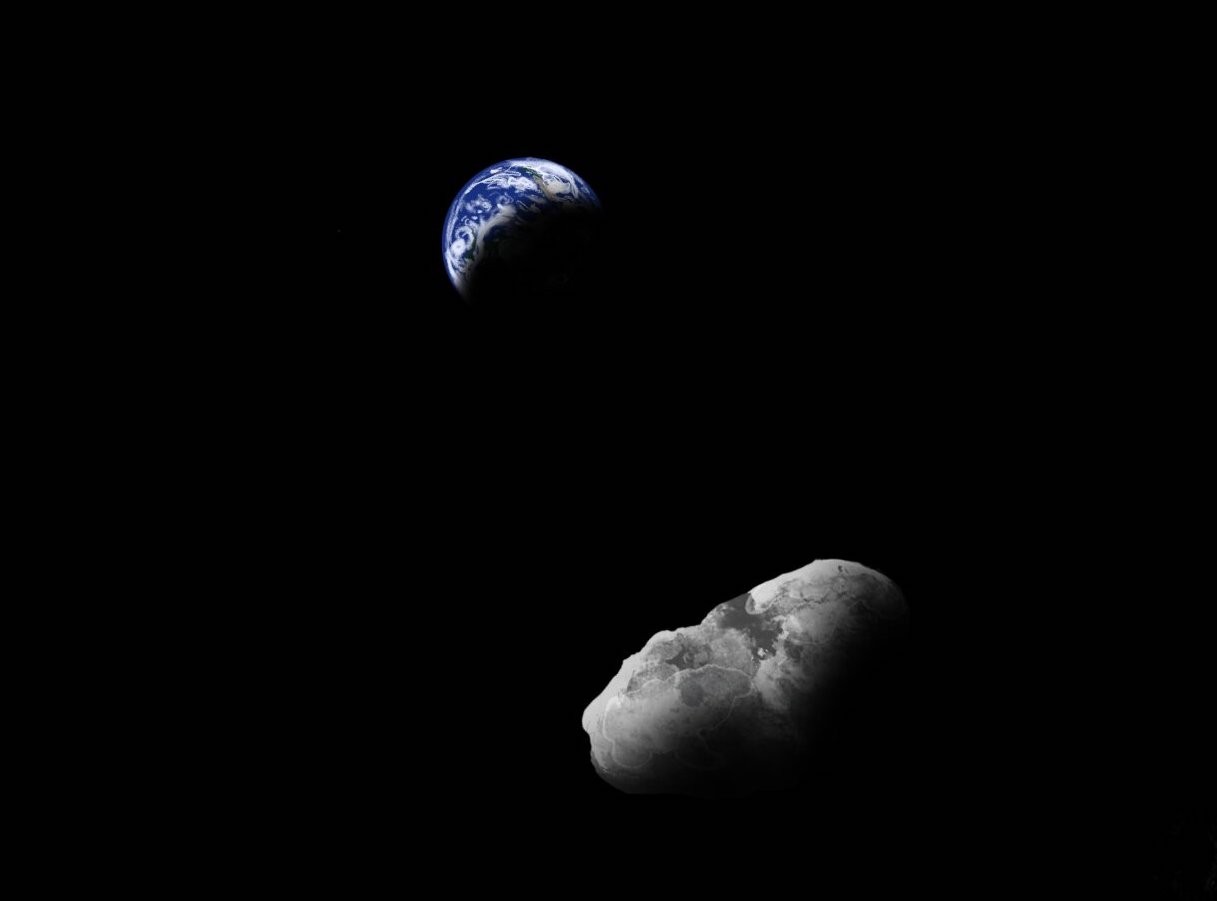According to a study published in Nature Communications Earth and Environment, a near-Earth asteroid named Kamo`oalewa is the first known space rock made of what looks like a piece of the Moon . For the researchers, the object could have separated from our satellite during an old collision.
Earth quasi-satellites are a class of small bodies in the Solar System that orbit the sun, but remain close to the Earth. Little is known about these objects, particularly because they are faint, and therefore difficult to observe. Discovered in 2016, the Near-Earth Cruiser Kamoʻoalewa is the most stable of the five known quasi-satellites of the Earth. In a recent study, a team from the University of Arizona attempted to learn more about its composition and assess its affinity with other groups of near-Earth objects.
Due to its orbit, Kamo`oalewa can only be observed for a few weeks in April. And given that its size is relatively small, between 45 and 58 meters in diameter, it can only be seen with one of the largest telescopes on Earth. For this work, the researchers therefore relied on the Large Binocular Telescope located in southern Arizona.
During their analyses, astronomers found that Kamo'oalewa displayed a reddened reflectance spectrum of 0.4 to 2.2 microns. This spectrum is indicative of a silicate-based composition, but "with redness beyond what is typically seen among inner Solar System asteroids “.
After comparing this spectrum to those of several material analogues, the researchers were then surprised to find the light spectra were similar to those of lunar samples brought back to Earth by the Apollo missions.

Researchers also suggest that the object entered this orbit about 500 years ago and will remain so for another 300 years or so. Then he should walk away. As for its origin, the team suggests it may have separated from the Moon during an ancient collision with an asteroid.
“If you look at the Moon through a telescope, you see thousands of craters “, underlines the astronomer Vishnu Reddy, main author of the study. “Material ejected during these impact events should be everywhere ". And while more than 480 lunar meteorites have been found on Earth so far, "none of these materials have been isolated in space yet “, continues the researcher. Kamo'oalewa could therefore be one of these tracks.
Researchers may soon find out. China plans to launch a mission that will attempt to collect a NEO sample in 2024.